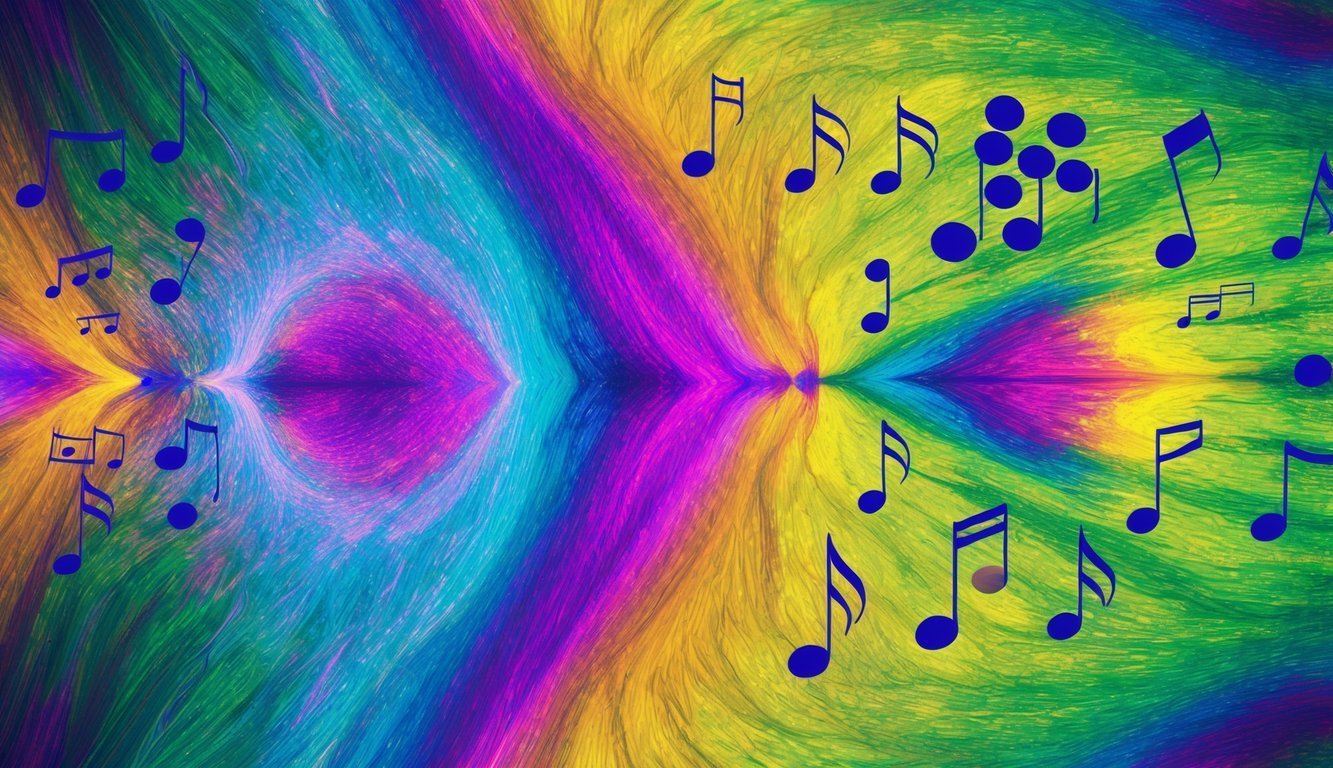A fascinating new study has uncovered substantial genetic links between musical rhythm abilities and language-related traits, including dyslexia. Researchers from Vanderbilt University Medical Center and the Max Planck Institute for Psycholinguistics in the Netherlands examined data from over one million people, revealing 16 genetic regions intricately associated with both rhythmic and linguistic skills. This work underscores the essential role of brain connectivity in shaping our musical and language capabilities.
Genetic Links Between Rhythm and Language
The findings suggest that genetic variants linked to accuracy in rhythm are correlated with improved language and reading skills. In contrast, those who struggle with rhythm may face a higher risk of developing dyslexia. These insights illuminate the evolutionary and neurobiological connections between musicality and language, potentially guiding the development of tailored approaches to address rhythm and language difficulties.
Employing advanced multivariate analysis methods, the researchers explored shared genetic factors and their biological implications, drawing conclusions from a rich tapestry of data. One striking revelation indicates that genetic variants linked to rhythm impairments align with a greater likelihood of dyslexia. Conversely, genetic markers associated with strong musical rhythm skills often correspond with those that enhance language proficiency, reading performance, and favorable educational outcomes related to language acquisition.
The Role of Brain Connectivity
Dr. Reyna Gordon, an associate professor at VUMC and the study’s senior author, highlights the intricate relationship between genetic and neurobiological frameworks that support both the understanding of rhythm and the acquisition of language. Oligodendrocytes, a particular type of brain cell, emerge as crucial players in this dynamic, maintaining vital connections between diverse brain regions and supporting the integrity of neural circuits. Co-author Dr. Yasmina Mekki identified a specific locus on chromosome 20 that appears to be integral to the neural connectivity governing both language and rhythm networks.
This groundbreaking research emphasizes connectivity as a fundamental neurobiological characteristic shaped by shared polygenic origins of variability in rhythm and language. The extraordinary connectivity found in human brains—particularly between auditory and motor areas—highlights our species’ distinctive competencies in these spheres.
Implications for Clinical Applications
Ultimately, this study offers fresh insights into the roots of human musicality and communication skills. The implications extend beyond theoretical understanding; future clinical applications may harness these findings for risk assessment and personalized interventions. By aligning strategies with individuals’ genetic predispositions related to rhythm and early language challenges, tailored support systems could emerge, fostering better outcomes for those at risk. The study thus unveils novel genetic factors common to both rhythm and language traits, enriching our comprehension of their evolution and function within the human brain.
Study Details:
- Title: The shared genetic architecture and evolution of human language and musical rhythm
- Authors: Reyna Gordon et al.
- Journal: Nature Human Behavior
- Publication Date: November 21, 2024
- DOI: 10.1038/s41562-024-02051-y

